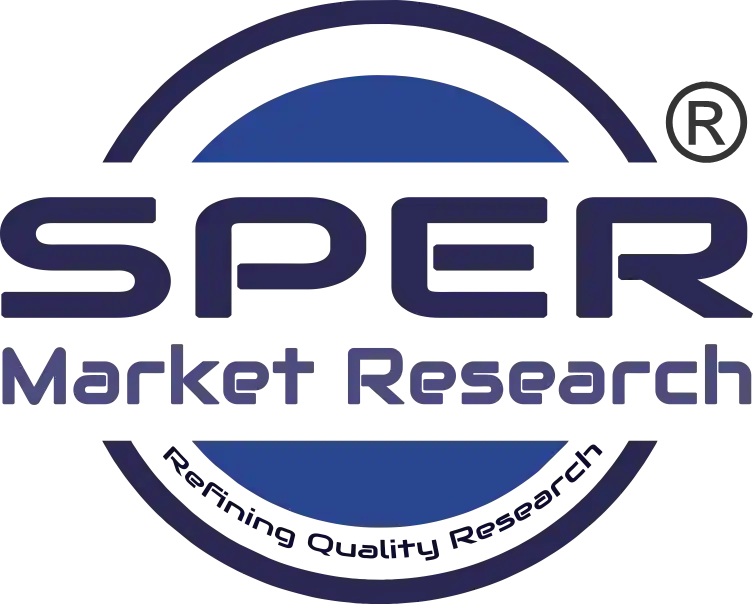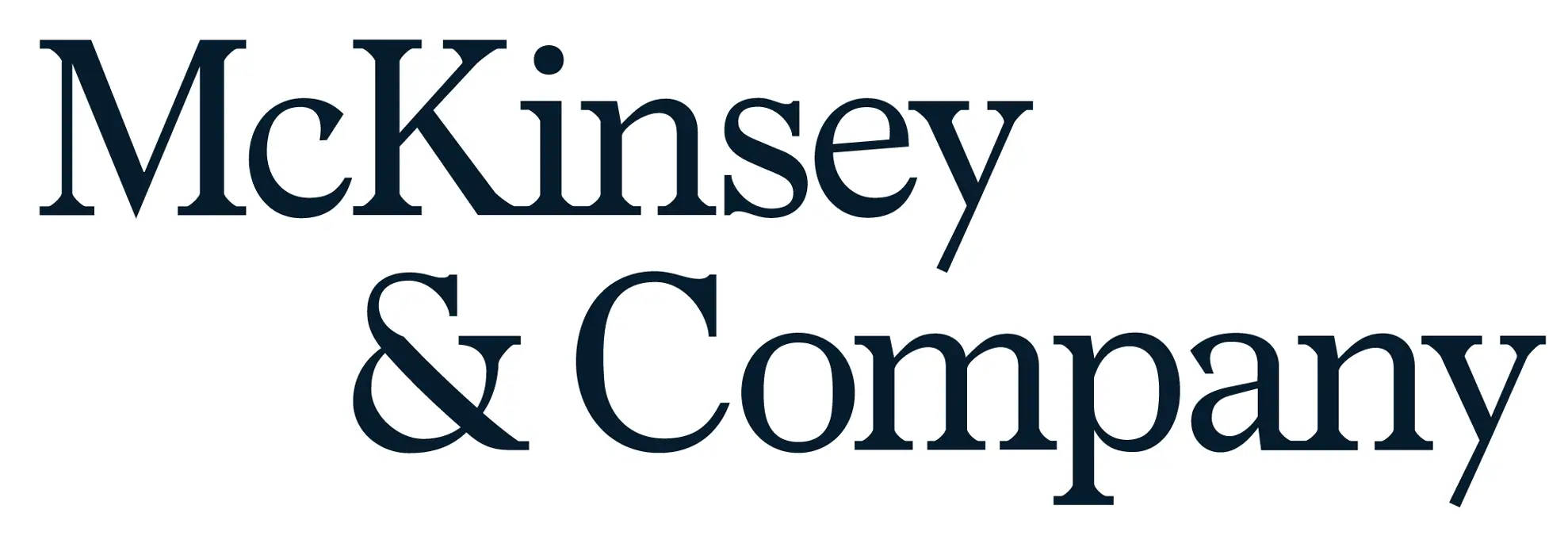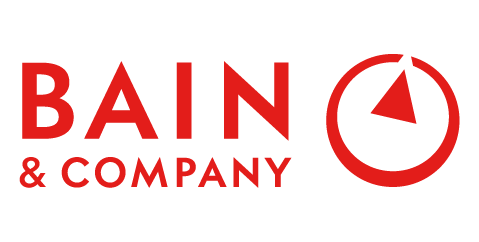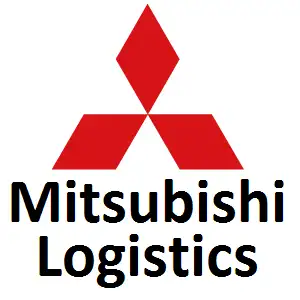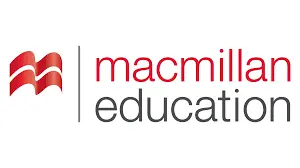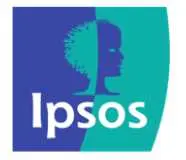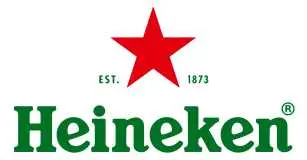
Self-testing Market Trends, Size, Growth Drivers, Analysis, Demand and Future Outlook
Self-testing Market Growth, Size, Trends Analysis - By Product, By Sample, By Application, By Distribution Channel - Regional Outlook, Competitive Strategies and Segment Forecast to 2034
| Published: Mar-2025 | Report ID: HLCA2584 | Pages: 1 - 235 | Formats*: |
| Category : Healthcare | |||
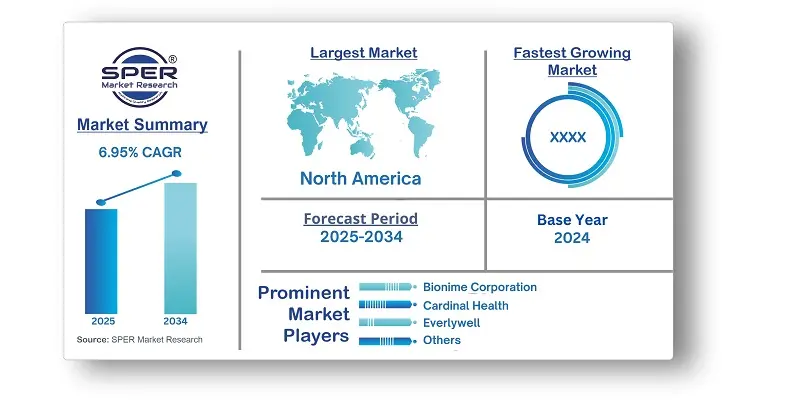
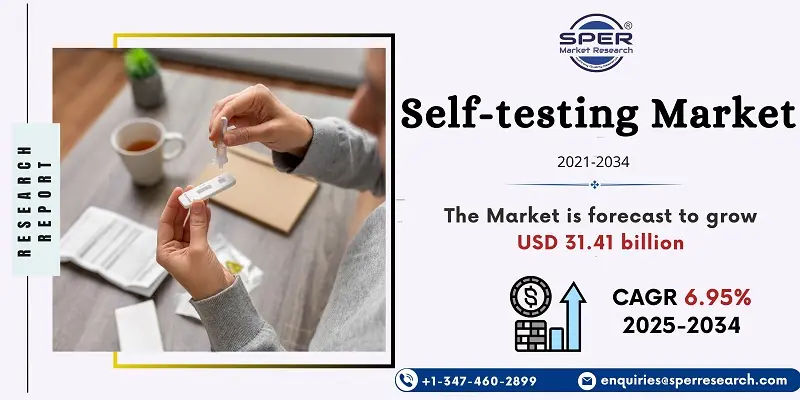
- The World Health Organization (WHO) prequalified the OraQuick HCV self-test, made by OraSure Technologies, in July 2024, to improve access to hepatitis C testing and diagnosis. This self-test is based on the OraQuick HCV Rapid Antibody Test.
- In September 2024, Mankind Pharma announced rapid self-test kits to tackle important health issues in India. These kits provide fast and accurate results for various health conditions, increasing access to healthcare services and supporting public health management.
| Report Metric | Details |
| Market size available for years | 2021-2034 |
| Base year considered | 2024 |
| Forecast period | 2025-2034 |
| Segments covered | By Product, By Sample, By Application, By Distribution Channel. |
| Regions covered | North America, Latin America, Asia-Pacific, Europe, and Middle East & Africa. |
| Companies Covered | Geratherm Medical AG, Cardinal Health, OraSure Technologies, Inc, bioLytical Laboratories Inc, PRIMA Lab SA, BD, F. Hoffmann-La Roche Ltd, Bionime Corporation, Abbott, Everlywell, Inc. and others. |
- Global Self-testing Market Size (FY’2021-FY’2034)
- Overview of Global Self-testing Market
- Segmentation of Global Self-testing Market By Product (Kits, Devices, Strips)
- Segmentation of Global Self-testing Market By Test Type (Blood, Urine, Stool, Others)
- Segmentation of Global Self-testing Market By Application (Blood Pressure Test, Diabetes and Glucose Tests, Cholesterol and Triglycerides Tests, Pregnancy Test, STD /STI Test, Urinary Tract Infection Test, Cancer Test, Celiac disease Test, Thyroid Test, Transaminase Test, Anemia Test, Allergy Test, Others)
- Segmentation of Global Self-testing Market By Distribution Channel (Online, Offline)
- Statistical Snap of Global Self-testing Market
- Expansion Analysis of Global Self-testing Market
- Problems and Obstacles in Global Self-testing Market
- Competitive Landscape in the Global Self-testing Market
- Details on Current Investment in Global Self-testing Market
- Competitive Analysis of Global Self-testing Market
- Prominent Players in the Global Self-testing Market
- SWOT Analysis of Global Self-testing Market
- Global Self-testing Market Future Outlook and Projections (FY’2025-FY’2034)
- Recommendations from Analyst
1.1. Scope of the report1.2. Market segment analysis
2.1. Research data source
2.1.1. Secondary Data2.1.2. Primary Data2.1.3. SPERs internal database2.1.4. Premium insight from KOLs
2.2. Market size estimation
2.2.1. Top-down and Bottom-up approach
2.3. Data triangulation
4.1. Driver, Restraint, Opportunity and Challenges analysis
4.1.1. Drivers4.1.2. Restraints4.1.3. Opportunities4.1.4. Challenges
5.1. SWOT Analysis
5.1.1. Strengths5.1.2. Weaknesses5.1.3. Opportunities5.1.4. Threats
5.2. PESTEL Analysis
5.2.1. Political Landscape5.2.2. Economic Landscape5.2.3. Social Landscape5.2.4. Technological Landscape5.2.5. Environmental Landscape5.2.6. Legal Landscape
5.3. PORTERs Five Forces
5.3.1. Bargaining power of suppliers5.3.2. Bargaining power of buyers5.3.3. Threat of Substitute5.3.4. Threat of new entrant5.3.5. Competitive rivalry
5.4. Heat Map Analysis
6.1. Global Self-testing Market Manufacturing Base Distribution, Sales Area, Product Type6.2. Mergers & Acquisitions, Partnerships, Product Launch, and Collaboration in Global Self-testing Market
7.1. Kits7.2. Devices7.3. Strips
8.1. Blood8.2. Urine8.3. Stool8.4. Others
9.1. Blood Pressure Test9.2. Diabetes and Glucose Tests9.3. Cholesterol and Triglycerides Tests9.4. Pregnancy Test9.5. STD /STI Test9.6. Urinary Tract Infection Test9.7. Cancer Test9.8. Celiac disease Test9.9. Thyroid Test9.10. Transaminase Test9.11. Anemia Test9.12. Allergy Test9.13. Others
10.1. Online10.2. Offline
11.1. Global Self-testing Market Size and Market Share
12.1. Asia-Pacific
12.1.1. Australia12.1.2. China12.1.3. India12.1.4. Japan12.1.5. South Korea12.1.6. Rest of Asia-Pacific
12.2. Europe
12.2.1. France12.2.2. Germany12.2.3. Italy12.2.4. Spain12.2.5. United Kingdom12.2.6. Rest of Europe
12.3. Middle East and Africa
12.3.1. Kingdom of Saudi Arabia12.3.2. United Arab Emirates12.3.3. Qatar12.3.4. South Africa12.3.5. Egypt12.3.6. Morocco12.3.7. Nigeria12.3.8. Rest of Middle-East and Africa
12.4. North America
12.4.1. Canada12.4.2. Mexico12.4.3. United States
12.5. Latin America
12.5.1. Argentina12.5.2. Brazil12.5.3. Rest of Latin America
13.1. Geratherm Medical AG
13.1.1. Company details13.1.2. Financial outlook13.1.3. Product summary13.1.4. Recent developments
13.2. Cardinal Health
13.2.1. Company details13.2.2. Financial outlook13.2.3. Product summary13.2.4. Recent developments
13.3. OraSure Technologies, Inc
13.3.1. Company details13.3.2. Financial outlook13.3.3. Product summary13.3.4. Recent developments
13.4. bioLytical Laboratories Inc
13.4.1. Company details13.4.2. Financial outlook13.4.3. Product summary13.4.4. Recent developments
13.5. PRIMA Lab SA
13.5.1. Company details13.5.2. Financial outlook13.5.3. Product summary13.5.4. Recent developments
13.6. BD
13.6.1. Company details13.6.2. Financial outlook13.6.3. Product summary13.6.4. Recent developments
13.7. F. Hoffmann-La Roche Ltd
13.7.1. Company details13.7.2. Financial outlook13.7.3. Product summary13.7.4. Recent developments
13.8. Bionime Corporation
13.8.1. Company details13.8.2. Financial outlook13.8.3. Product summary13.8.4. Recent developments
13.9. Abbott
13.9.1. Company details13.9.2. Financial outlook13.9.3. Product summary13.9.4. Recent developments
13.10. Everlywell, Inc
13.10.1. Company details13.10.2. Financial outlook13.10.3. Product summary13.10.4. Recent developments
13.11. Others
SPER Market Research’s methodology uses great emphasis on primary research to ensure that the market intelligence insights are up to date, reliable and accurate. Primary interviews are done with players involved in each phase of a supply chain to analyze the market forecasting. The secondary research method is used to help you fully understand how the future markets and the spending patterns look likes.
The report is based on in-depth qualitative and quantitative analysis of the Product Market. The quantitative analysis involves the application of various projection and sampling techniques. The qualitative analysis involves primary interviews, surveys, and vendor briefings. The data gathered as a result of these processes are validated through experts opinion. Our research methodology entails an ideal mixture of primary and secondary initiatives.
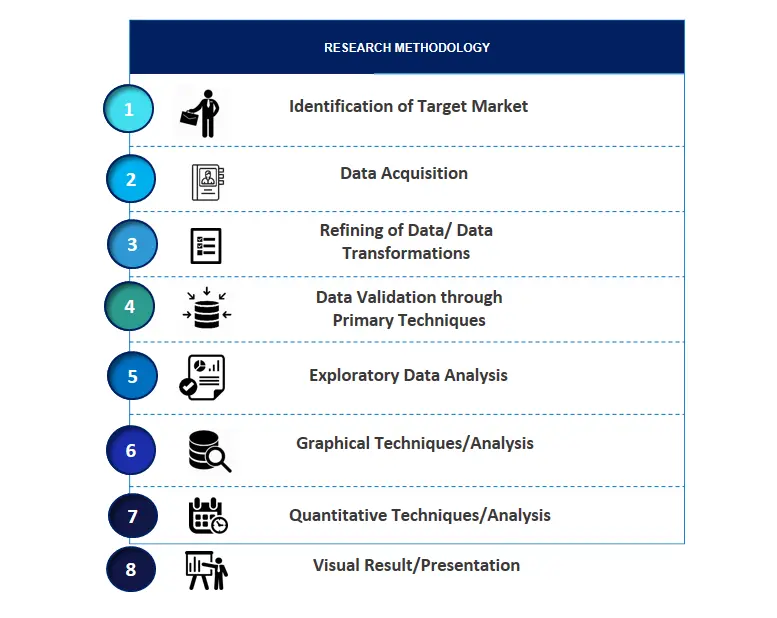
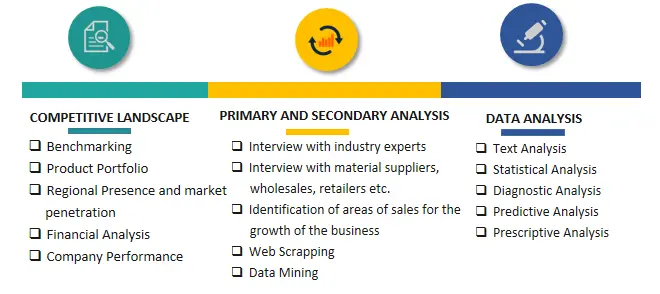

Frequently Asked Questions About This Report
PLACE AN ORDER
Year End Discount
Sample Report
Pre-Purchase Inquiry
NEED CUSTOMIZATION?
Request CustomizationCALL OR EMAIL US
100% Secure Payment
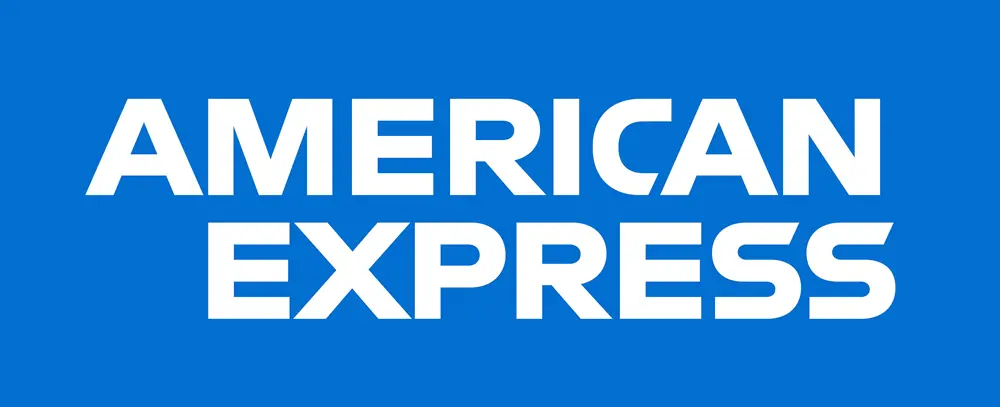





Related Reports
Our Global Clients
Our data-driven insights have influenced the strategy of 200+ reputed companies across the globe.
